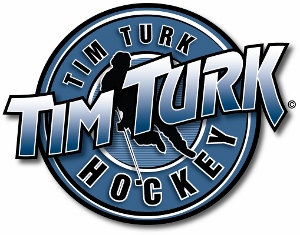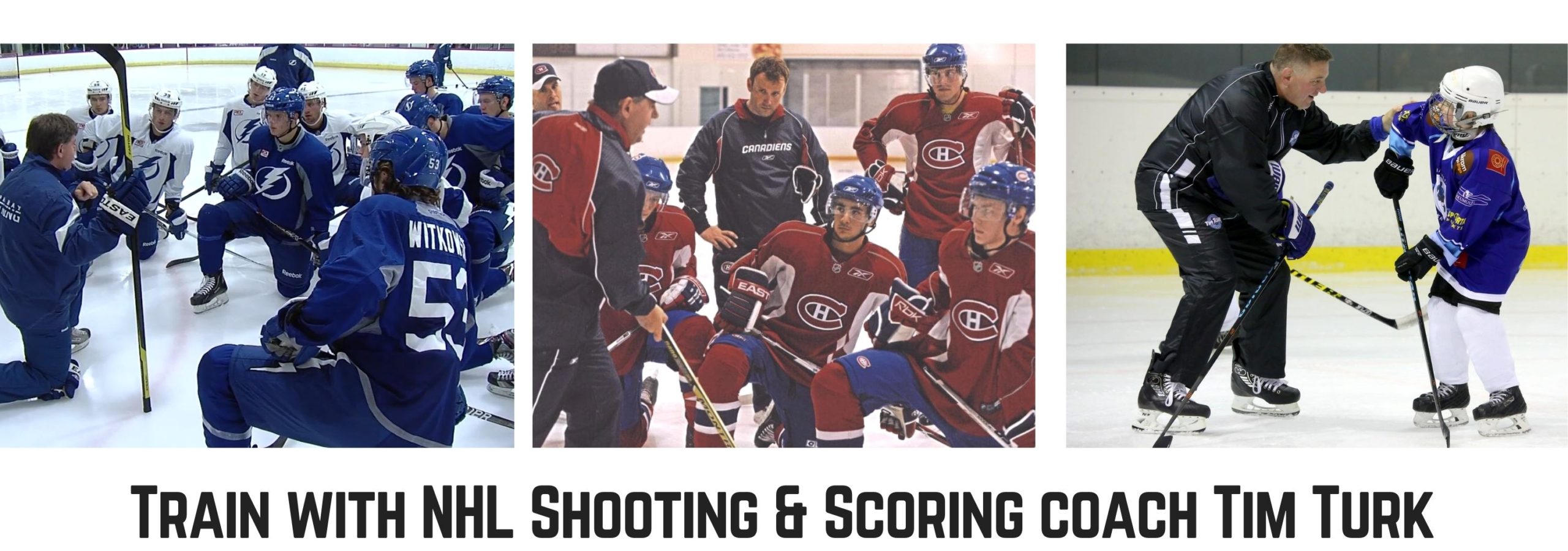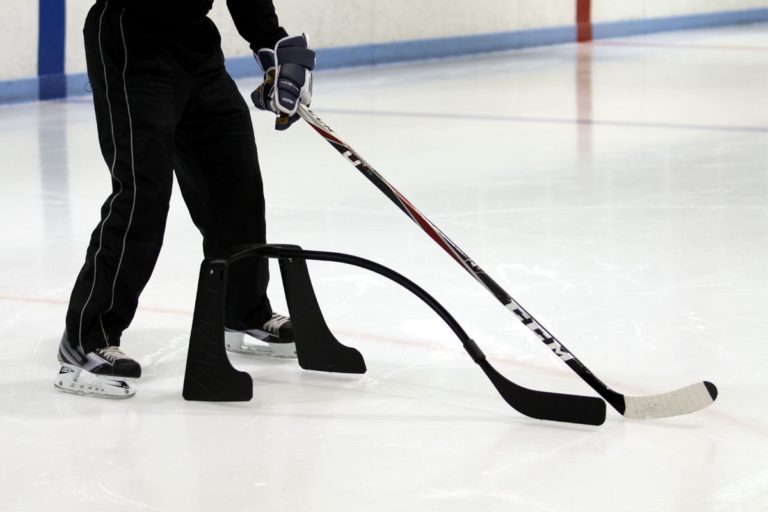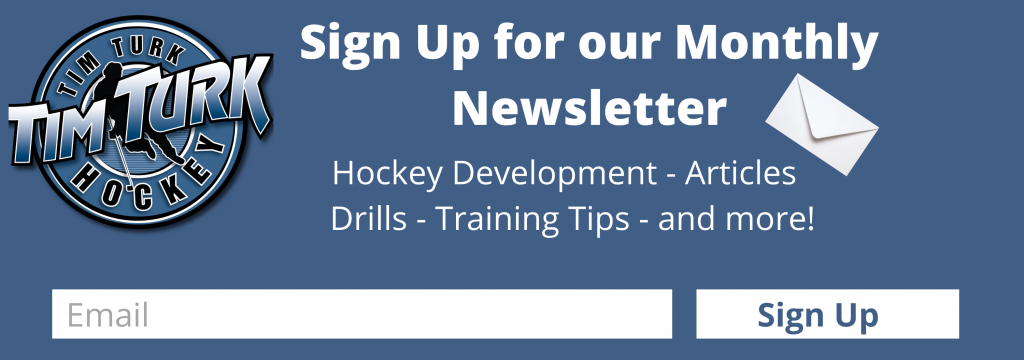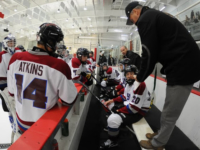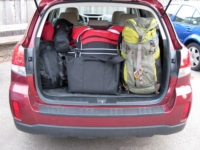Hockey Training Aids – Are They Overrated?
It’s no secret that dedicated hockey players will do whatever it takes to improve. They’ll attend every game and practice, listen intently to their coach, and push themselves to the limit every time they hit the gym or the ice.
In today’s hockey world, however, it seems like pushing yourself to the limit isn’t enough. It’s become commonplace for hockey players to shell out tons of money on hockey aids – devices & equipment designed to enhance hockey training either on or off the ice. Among all levels of hockey, there’s a belief that hockey aids are required to keep up with the competition. Seemingly, without a radar, stickhandling trainer, or skating treadmill, a player won’t be able to break the barriers necessary to become a pro.
But surely that can’t be the case. Guys like Gordie Howe and Maurice Richard didn’t have “hockey aids” when they dominated the early hockey scene and became some of the best players of all time. Plus, Gordie and Maurice in their prime would certainly hold their own in any of today’s NHL games.
In my opinion, most hockey devices, are only as good as the instructor/coach/teacher that uses them!
So, the question remains: are hockey training aids overrated?
Types of Hockey Aids
Nowadays, there’s a hockey training aid to help with any aspect of the game a player could possibly think of.
Need to work on your shooting? Pick up a shooting tarp or a slingshot. Want to improve your skating? Buy a skating treadmill or some synthetic ice. Are your passing skills lacking? Purchase a puck passer.
With so many aids available, it can be confusing to figure out which one is the most worthwhile to buy. Here are 5 of the most common training aids and how they help improve your hockey skills.
-
Shooting Tarp
A shooting tarp is an accessory which accompanies a hockey net. The tarp straps to the posts of the net and blocks access to most of it, leaving only a few holes for pucks to be shot through. The tarps often have pictures of goalies on them, which is exactly their purpose: to mimic the experience of shooting a puck against a goalie.
The tarp’s holes are often in the corners of the net, and sometimes between the goalie’s legs. This limited shooting range helps with accuracy and gets the player used to scoring in areas that a real goalie is weakest at protecting.
-
Radar
The use of a radar in hockey is very simple: it measures your shot speed. All you need to do is place the radar so that it faces the path of your shot (commonly behind or beside the net) and it will display the speed every time you shoot at the net.
A radar isn’t something that directly helps you improve. It does, however, allow you to track the puck’s power and velocity (speed) improvements through proper technique and repetition.
-
Puck Passer
A puck passer is a small, stationary object which sits on the ice, intended to “catch” pucks and reflect them back at the shooter. The main component of a puck passer is a rubber band, which provides an elastic surface for the puck to be shot at so that it will ricochet back outwards with minimal loss of speed.
Puck passers remove the interruption of having to retrieve your pucks if you were to shoot at a net. They help with stickhandling, accuracy, and developing muscle memory when shooting.
-
Video Analysis
Hockey video analysis is more of a service than a product. Many instructors will offer video analysis to give players feedback about their hockey skills without needing to coach them in person. That way, players from around the world can get the opinion of renowned hockey coaches that they otherwise wouldn’t be able to work with due to cost or distance issues.
To use the service, a player takes a short video performing whatever action they want analyzed. The video might be of them shooting, skating, passing, a combination of them, or footage from a past game. Then, the coach records a voice-over of the video explaining in detail the things the player is doing well and the skills the player should work on.
Video analysis can be very helpful, since it highlights areas of weakness and gives specific advice on how to improve those areas as efficiently as possible.
-
Attack Triangle
An attack triangle is essentially a more realistic replacement for a cone in hockey drills. The triangle is a tripod consisting of two footpads (mimicking the skates of an opposing player) and a stickpad (mimicking their stick) which extends outward a few feet from the footpads.
The purpose of an attack triangle is to give a player a more realistic experience when performing stickhandling drills – it emulates the space created by a real opposing player. This allows players to work on their puck movement skills and develop better special awareness for when they play in a real game.
Rely on Hard Work
So, what’s the verdict? Are hockey training aids overrated?
I believe some training aids are overrated, but not useless. In today’s hockey scene, training aids are often relied on too much as a source of improvement.
Owning an attack triangle or puck passer won’t magically make you a fantastic hockey player. Using your training aids PROPERLY as a method of streamlining your own improvement through hard work and practice is what will make you a fantastic player.
There’s no doubt that hockey aids may help improve your hockey skills – it’s what they were created to do. So, purchase whichever aids you believe will help you the most. However, always keep in mind that dedication, effort, and practice are the most reliable ways to improve as a hockey player.
